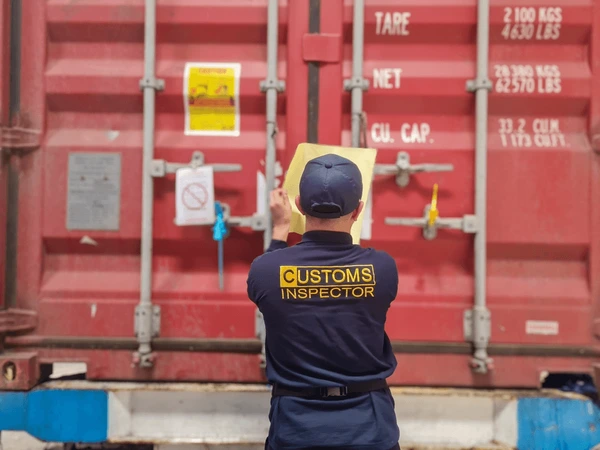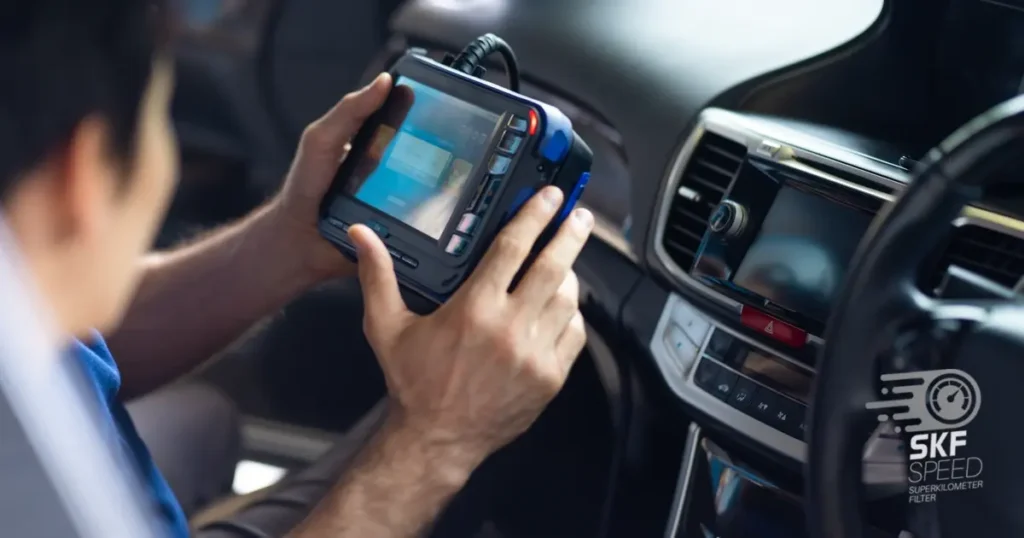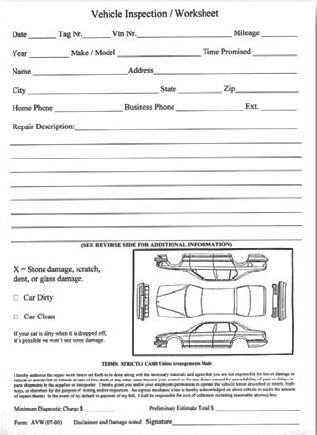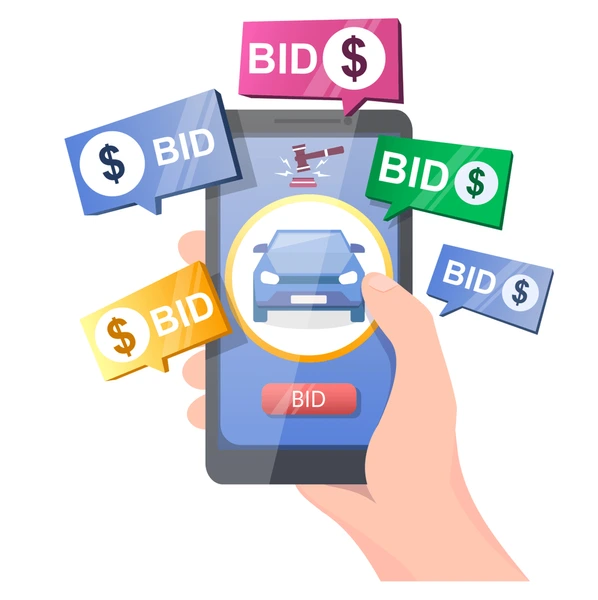How to Buy a Car from Japan and Import It to Canada: A Step-by-Step Guide
Buying a car from Japan and importing it into Canada is an excellent way to access high-quality, low-mileage vehicles that are often more affordable than local options. Japanese Domestic Market (JDM) cars are known for their reliability, maintenance history, and exceptional condition—making them ideal for Canadian buyers.
Here’s your complete guide on how to buy a car from Japan and import it into Canada successfully.
1. Understand Canadian Import Regulations
Before purchasing, ensure the car meets Transport Canada requirements:
- Must be right-hand drive , but legal to drive in Canada
- Vehicles must meet Canadian Motor Vehicle Safety Standards (CMVSS)
- Cars under 15 years old must comply with CMVSS or be modified accordingly
- Vehicles over 15 years old can be imported without meeting full standards
- Requires import declaration with the Canada Border Services Agency (CBSA)
For details, visit Transport Canada’s Vehicle Importation page .

2. Choose a Trusted Japanese Auction or Exporter
Popular platforms include:
- Aucnet
- Goo-net Exchange
- Cars247
- Be FORWARD
Most Canadian buyers use a local broker or export agent who can bid, inspect, and handle logistics on their behalf.

3. Search for Suitable Vehicles
Use filters like:
- Make/model (Toyota Supra, Nissan Skyline, Mazda RX-7, Subaru WRX are popular)
- Year (older than 15 years for easier import)
- Mileage (below 50,000 km preferred)
- Shaken expiration date (ensures recent inspection)
- Body and mechanical condition reports
Look for auction grades of 3.5 or higher for better quality.

4. Review Inspection Reports and Photos
Each listing includes:
- High-resolution photos
- Damage grade (Body/Paint/Mechanical)
- Engine and transmission status
- Maintenance history
- Shaken test results
Request a video walk-through or pre-purchase inspection (PPI) if unsure about the car’s condition.

5. Place a Bid or Purchase Directly
If using a broker:
- Set your maximum bid
- Confirm payment methods (bank transfer, PayPal, etc.)
- Ensure all fees are transparent (auction, broker, shipping)
Winning bidders must pay promptly to proceed with export.

6. Arrange Shipping to Canada
Choose between:
- Roll-on/Roll-off (Ro-Ro) – Most cost-effective method
- Container shipping – Better for luxury or vintage cars
Common Canadian destination ports include:
- Vancouver
- Halifax
- Montreal
Select port-to-port or door-to-door delivery depending on your needs.

7. Handle Import and Registration in Canada
Steps include:
- Submit Form 1 (RV-101) to the Canada Border Services Agency (CBSA)
- Provide:
- Bill of sale
- Bill of lading
- EPA Form 3520-1 (if applicable)
- DOT Form HS-7 (if applicable)
- Pay duty and taxes (varies by age and value of vehicle)
- Pass CMVSS inspection if under 15 years old
- Register with your provincial licensing authority (e.g., ICBC, MTO, SAA)
Classic cars over 15 years old usually qualify for simplified import rules.

FAQs
Q: Can I legally drive a right-hand drive car from Japan in Canada?
A: Yes, as long as it complies with CMVSS standards or qualifies under the 15-year exemption rule .
Q: How much does it cost to import a car from Japan to Canada?
A: Total cost includes:
- ¥300,000–¥1,500,000 for the car
- $300–$1,000 for auction and broker fees
- $1,000–$2,500 for shipping
- CBSA processing fee (~$200–$300)
- Duty, tax, and registration (~$1,000–$3,000 total)
Q: Do I need Transport Canada approval to import a Japanese car?
A: Yes, unless the car is older than 15 years or already compliant with CMVSS standards .

